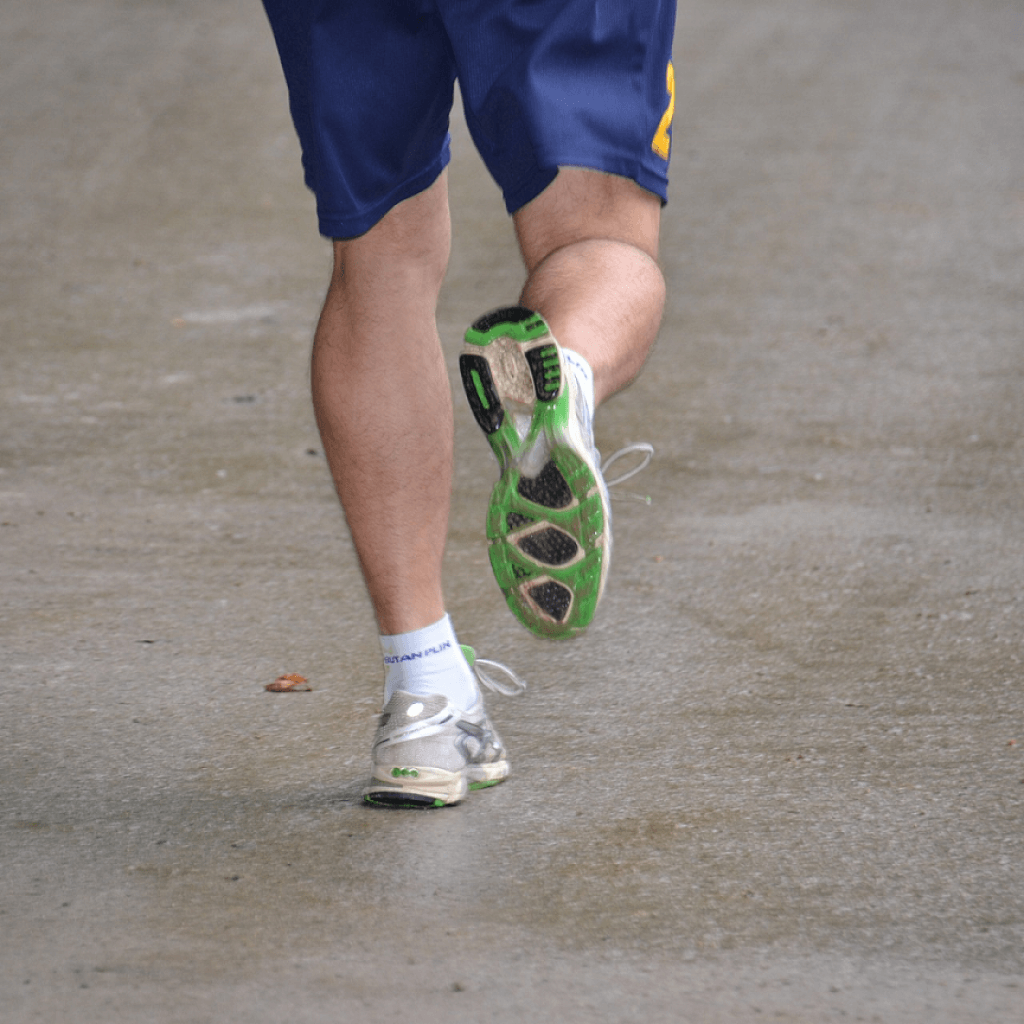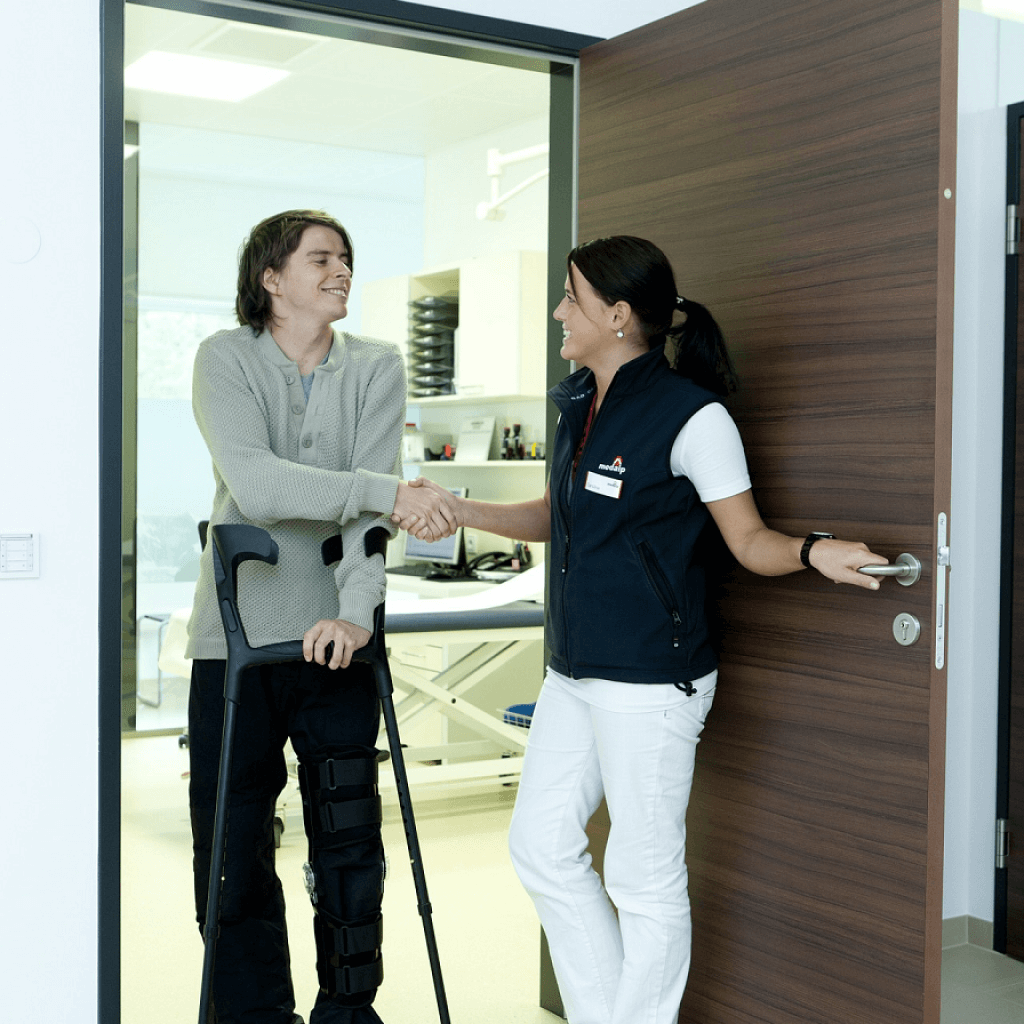Different Leg Lengths: How It Impacts Your Running

Leg length discrepancy, where one or more bones of the leg have a different length when compared to the same structures in the opposite leg, is surprisingly common. In fact, having perfectly symmetrical legs is rather unusual! And while many leg length discrepancies are small, with a negligible impact on day-to-day living, the repetitive nature of running may lead to the manifestation of problems.

Two Types of Leg Length Discrepancies and Its Causes
So what exactly causes a leg length discrepancy? The condition can generally be grouped into two different discrepancy types, namely anatomical and functional discrepancies. With the former, the bones in the legs grow asymmetrically for one of two reasons. A congenital leg length discrepancy, on the one hand, involves the way in which the bones in the legs naturally develop and grow from birth. An acquired leg length discrepancy, on the other hand, involves a particular trauma that results in a discrepancy at some later point in life. This includes events like a broken bone, surgery or injuries sustained from a motor vehicle accident.

The second type of leg length discrepancy is referred to as a functional one. This type of discrepancy is caused by the tightness, weakness or imbalance of muscles in the body.
How Does Leg Length Discrepancy Impact on Running?
And while, as previously mentioned, small leg length discrepancies may not have a major impact on one’s daily functioning, the opposite can be true for runners. In this instance, mainly because of the repetitive nature of running, discrepancies as small as a few millimeters may result in one-sided foot, knee, hip, leg or lower back pain. And, if left untreated, these niggles may even develop into full-blown injuries. Specifically in women, the development of stress fractures has also been linked to leg length differences.

How to Determine If You Have a Leg Length Discrepancy
But how do you know if a leg length discrepancy is contributing to your running niggles? Physical measurement, combined with a number of biomechanical tests, usually gives a good indication of the presence, as well as type, of leg length discrepancy present in an athlete. And while this may sound like a cumbersome process, it’s actually quite a simple one that may bring much relief. Note, however, that some experts do feel that the physical measuring of the legs may be less than accurate. So in order to ensure a truly accurate measurement, it might be necessary in some cases to obtain an additional x-ray or CT scan of the femurs and tibias.
And while it is without a doubt best to have your individual situation assessed by a suitably qualified professional, the following self-test will give you an indication of whether you might have a leg length discrepancy:
Stand in front of a full-length mirror in your underwear with good posture. Check to see if your shoulders are level. Then look at your pelvis and let your body sag. Place your fingers on the bony parts of your hips and check to see if they are level. If not, place magazines under the foot of the shorter leg until both hips are level. If the length difference (as measured by the height of the magazine stack) is greater than 0.5 inches and you’ve been plagued by one-sided foot, thigh, knee, hip or back pain, make an appointment to see a sports physician. And even if your leg length difference measures less, be sure to discuss the issue with a suitably qualified professional if you suspect that it may be contributing to your running niggles.

Possible Solutions and Treatments
A number of possible treatments are available for achieving the equalization of leg lengths. The most common of these, generally used for less drastic leg length inequalities, is orthotic intervention. For inequalities measuring up to 1 cm, a heel insert can generally bring some relief. Greater inequalities of up to 5 cm will, however, require the shoe to be built up from the outside.
More drastic, surgical options for bigger leg length inequalities are also available. Some of these treatments, are, however, not without risk, so be sure to discuss your options with your sports physician.
A Word of Caution
In closing, just a word of caution. While leg length discrepancy is regarded as being a common occurrence, it’s good to note that some experts feel that the condition is over-diagnosed and its treatment often over-simplified. So in order to be sure that you are not misdiagnosed, it might be a good idea to request an x-ray or CT scan as part of your personal diagnostic process.
Also, if you start using a heel insert to alleviate the problem, pay careful attention to how your body reacts. If the insert does bring relief within a few weeks, fantastic. If not, however, it might be worth your while to seek a second opinion.
Sources
- , Will Treating a Leg Length Discrepancy With a Heel Lift Keep You Healthy?, Online publication
- , Leg length discrepancy, Online publication
- , Leg length discrepancy, Online publication
- , Risk factors for stress fractures in track and field athletes. A twelve-month prospective study., Scientific journal
- , Management of leg length inequality, Scientific journal
Latest Articles
 Is Running on a Treadmill Easier Than Running Outside?Runners have their own preferences, whether it is treadmill running, running outside on the road, or exploring trails. So...
Is Running on a Treadmill Easier Than Running Outside?Runners have their own preferences, whether it is treadmill running, running outside on the road, or exploring trails. So... Is It OK to Use Trail Running Shoes on the Road?While trail running shoes can be used on roads, especially in situations where a runner encounters mixed terrains or pref...
Is It OK to Use Trail Running Shoes on the Road?While trail running shoes can be used on roads, especially in situations where a runner encounters mixed terrains or pref... How to Fix Sore Quads After Running?Rest, ice, gentle stretching, and over-the-counter pain relievers can help soothe sore quads after running. Also, ensure ...
How to Fix Sore Quads After Running?Rest, ice, gentle stretching, and over-the-counter pain relievers can help soothe sore quads after running. Also, ensure ... 10 Fruits With The Most Electrolytes to Replace Sports DrinksThese fruits are high in electrolytes such as potassium, magnesium, and calcium, essential for hydration, muscle function...
10 Fruits With The Most Electrolytes to Replace Sports DrinksThese fruits are high in electrolytes such as potassium, magnesium, and calcium, essential for hydration, muscle function...

